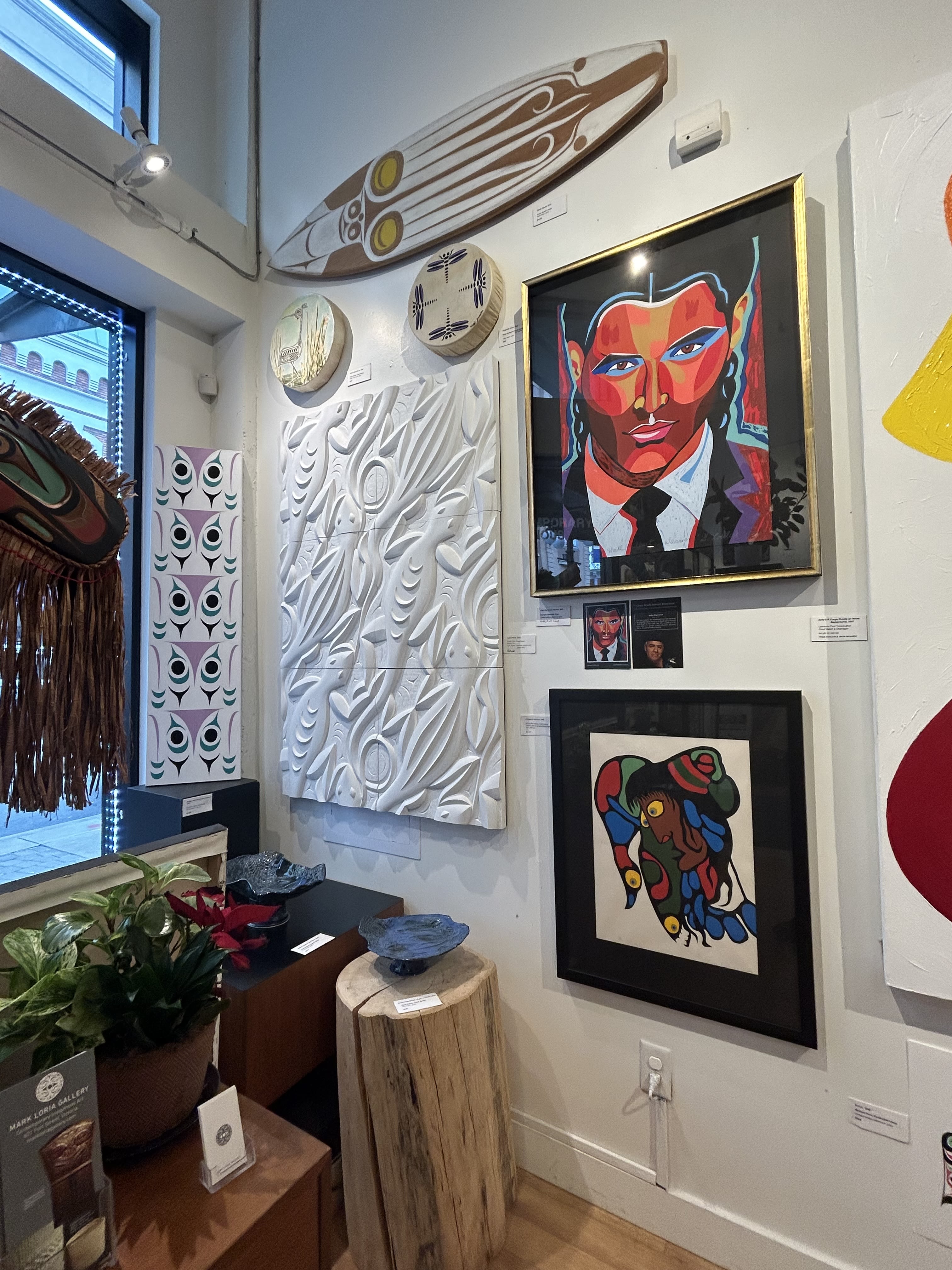Mark Loria Gallery
Supporting Contemporary Indigenous Art of the Northwest Coast
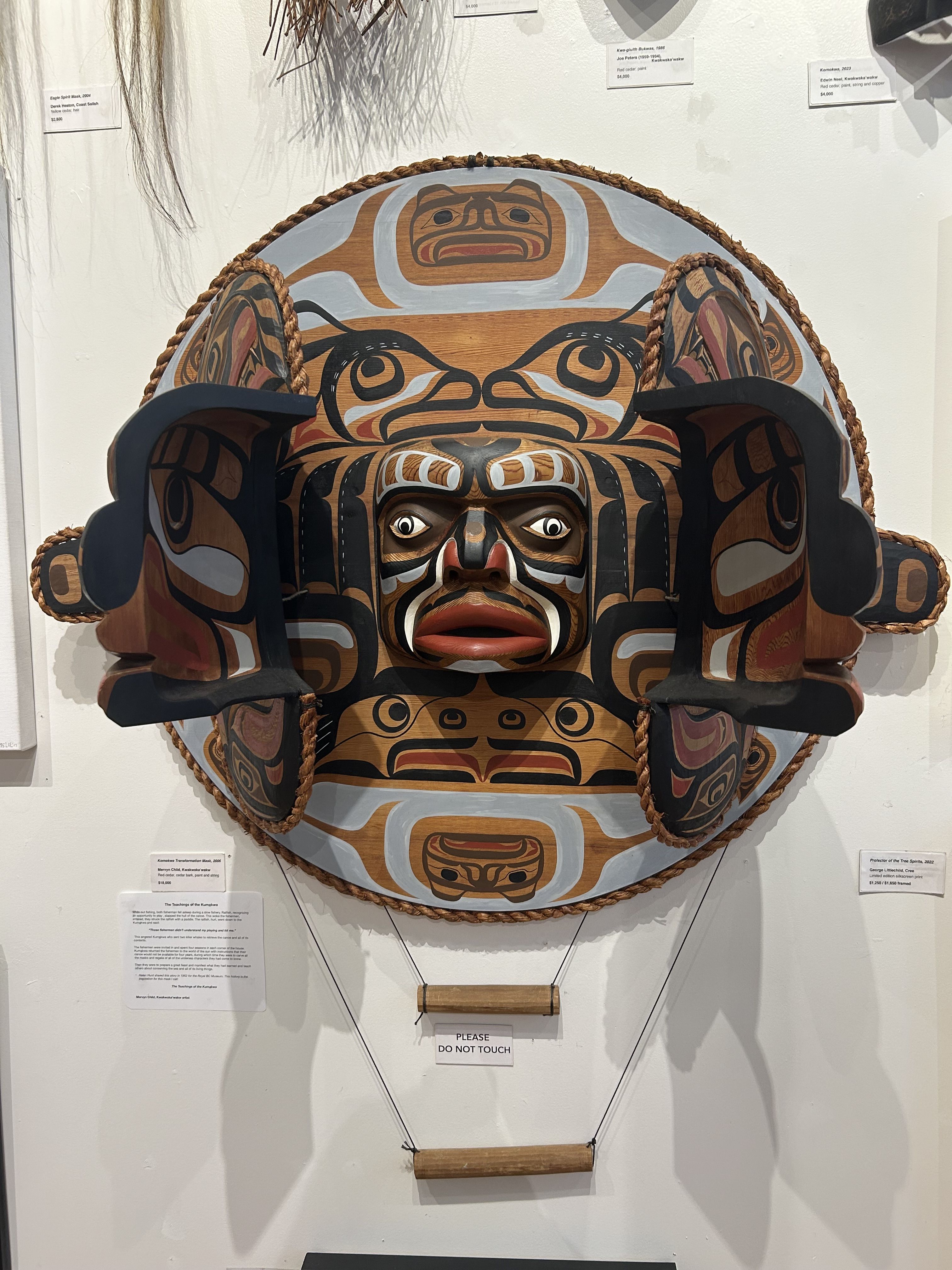
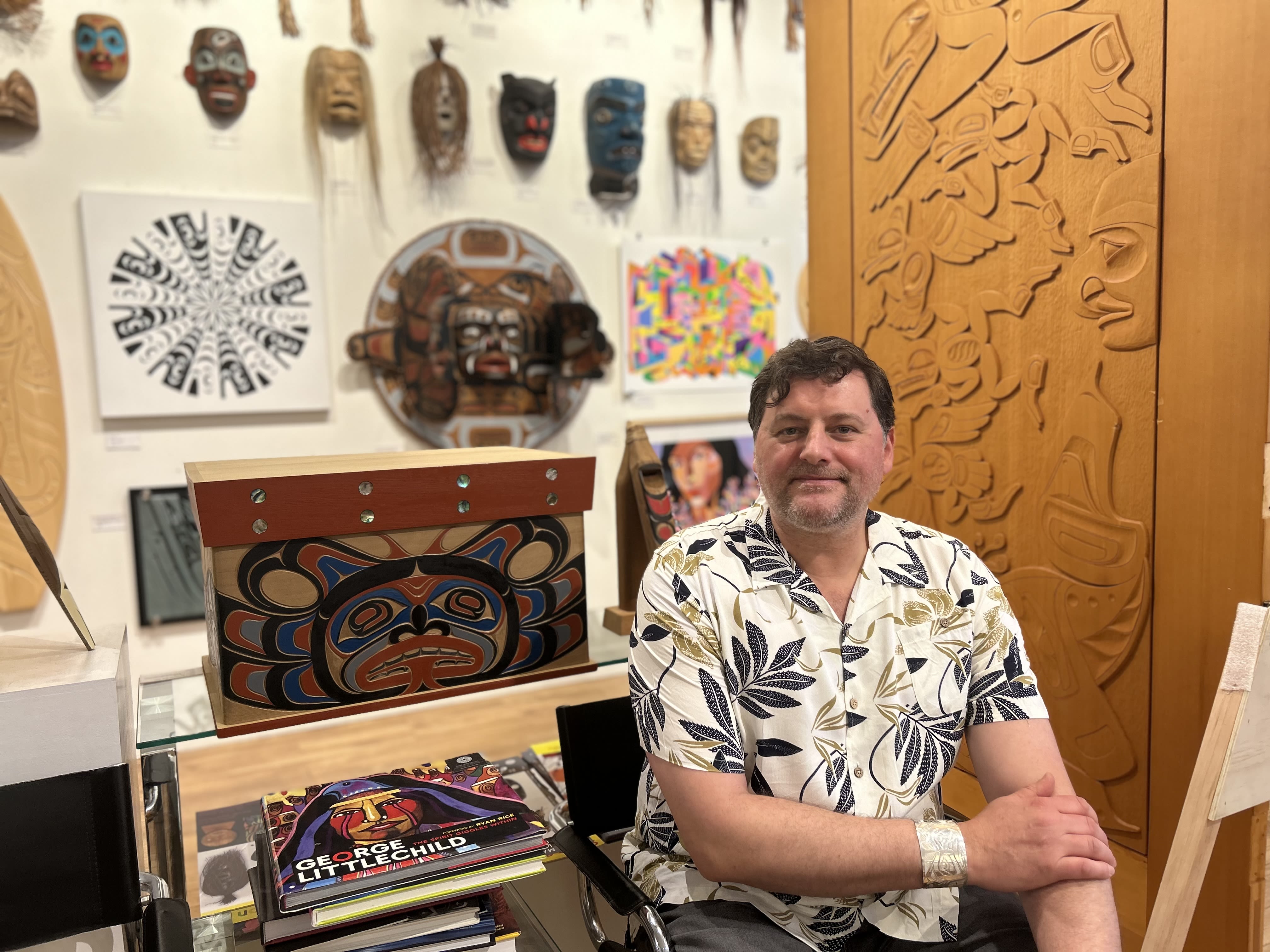
Gallery owner Mark Loria works with contemporary Indigenous artists on the Northwest Coast.
Gallery owner Mark Loria works with contemporary Indigenous artists on the Northwest Coast.
Tucked inside Victoria's quaint downtown core, on the lands of the Lekwungen Peoples, is the Mark Loria Gallery.
Unassuming from the outside, the gallery contains a wealth of cultural treasures inside — from ceremonial masks and carved cedar surfboards to one of the largest fine print collections of Indigenous art in British Columbia.
The gallery has a 40-year history in Victoria. Originally named the Alcheringa Gallery and owned by Elaine Monds, the gallery sold art created by Indigenous artists from various oceanic places, such as Australia, New Zealand, Papua New Guinea and the local Coast Salish communities.
When the current owner, Mark Loria and his wife Mary, purchased the gallery five years ago, they kept the core integrity of supporting Indigenous art but narrowed the scope to focus on artists from the Northwest Coast of Canada.
"Our philosophy is to support artists as much as we can up front, as well as to support the culture and true history of Indigenous People in Canada," Mark says.
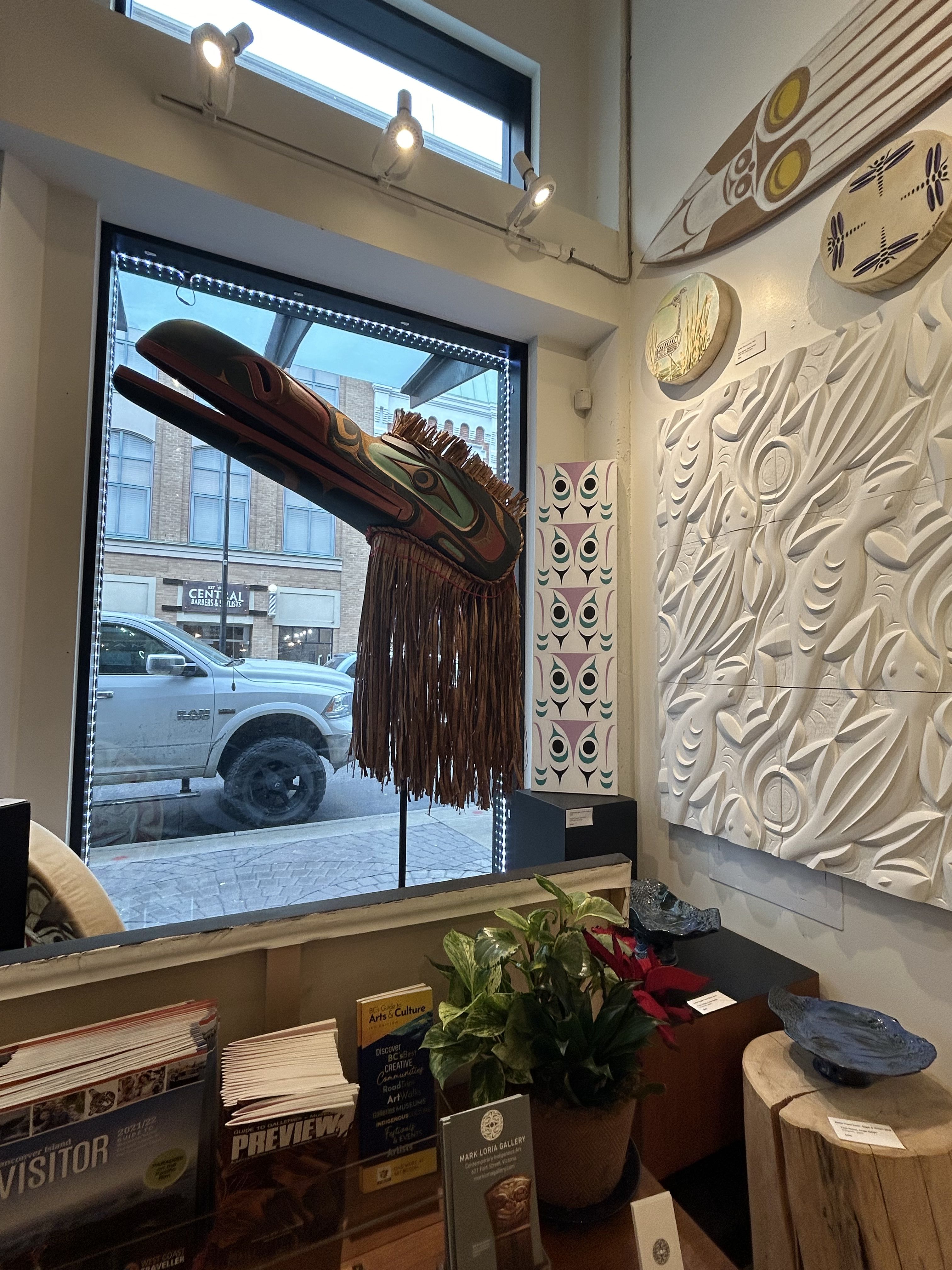
Inside the gallery, you will find pieces from some of the top artists in the country, such as George Littlechild, Lawrence Paul Yuxweluptun, Robert Davidson, Susan Point, and dozens of others.
Everything sold in the gallery is signed and attributed to an artist.
"We're a little bit different than a commerical gallery," says Mark. "We try to support artists up front by buying artwork, so this is more like a collection. Very little is on consignment here."
Mark works with approximately 50 artists on a regular basis, purchasing paintings, carvings, jewellery, sculptures, textiles and ceramics directly from them.
"You can see the passion and you can see the history and the culture come out in so many different ways," Mark says.
"That's the most important thing about the traditions of Indigenous peoples — that connection to the land and the sea."
Mark's love of art, and specifically his appreciation of Indigenous art, began at a young age. He was first introduced to Indigenous culture at the Glenbow Museum in his hometown of Calgary and he quickly took an interest.
"I became passionate about it," he says.
That passion grew into a career and Mark worked in public museums and galleries before purchasing his current business.
Mark doesn't just buy and sell art, he builds relationships with the artists and supports ongoing efforts to preserve and protect Indigenous culture.
When dealing with the secondary market — resale pieces that don't come directly from an artist — he researches their origin.
"Artists of the Northwest Coast started selling their work publicily in about the mid-1960s," Mark says. " If we deal with anything older than that, there are questions about how it came to the market, if it was stolen or sold under duress during potlatch bans."
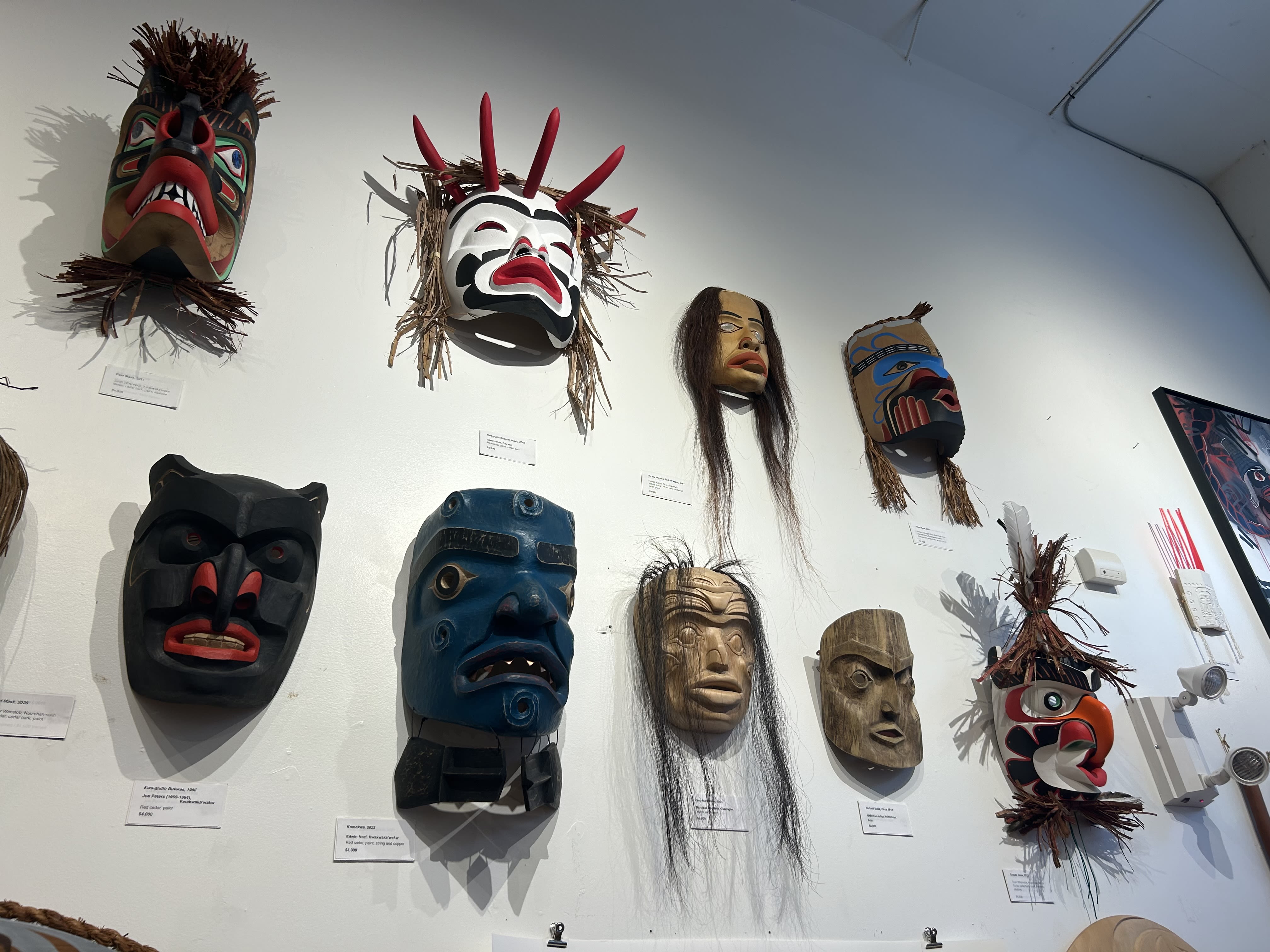

"The advice I would give anyone buying Indigenous art is to do your due diligence and make sure you're going about it the right way, that the artist has been and will be supported and that it's authentic...Unfortunately you see a lot of imitations and fakes."

"I would say 98% of art collectors collect because they love the art, not for the investment.
And so many people connect with it on a personal level, if they're connected to this place for whatever reason — the ocean, the land — they also want to support artists by collecting their art."
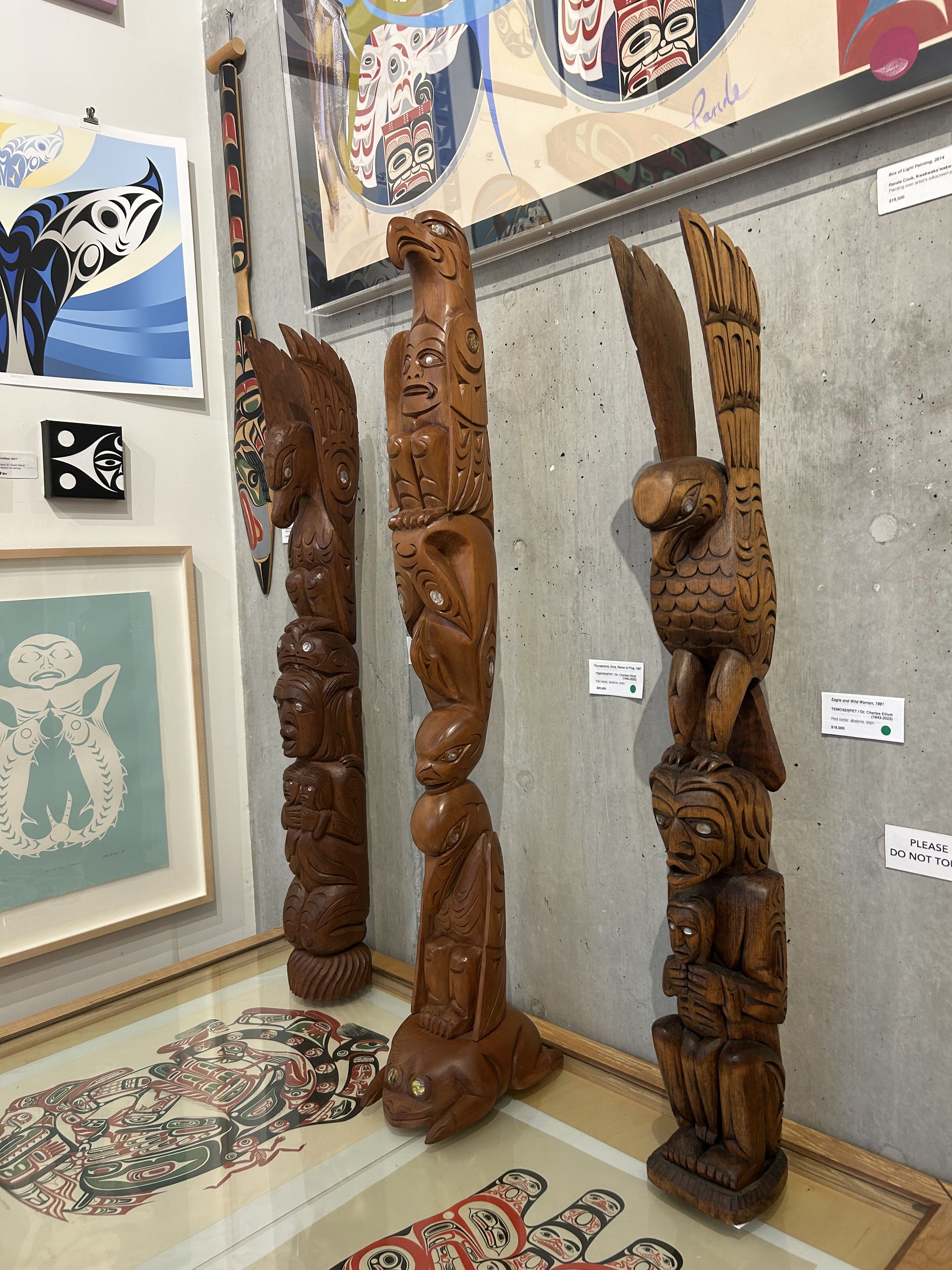
Although all of the pieces in Mark's gallery are rooted in traditional First Nations designs and cultures, they are a blend of old and new.
That's because art isn't static, Mark says.
"Indigenous artists, especially younger artists, know that each generation brings innovation. And that's been the case for thousands of years. So innovation is part of the artform."
The Mark Loria Gallery is located at 621 Fort Street in Victoria B.C.
